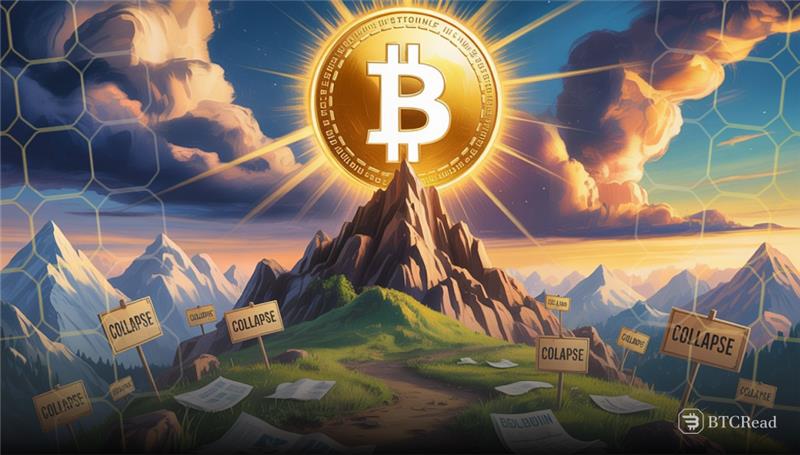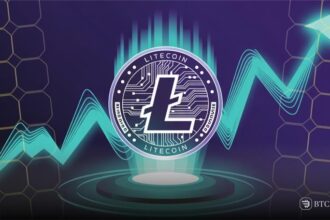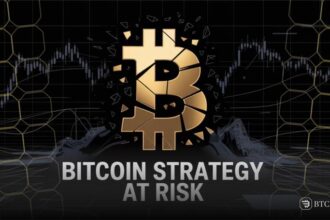Bitcoin continues to collect obituaries at a pace unmatched by any other financial asset. The online archive known as Bitcoin Is Dead now lists 431 separate declarations that the digital currency has breathed its last. Each entry marks another attempt to bury a network that refuses to stay down. The database shows a striking pattern.
The first recorded death came in October 2010 when Bitcoin traded at only eleven cents. A small blog dismissed it as a passing novelty. Since then, the declarations have grown louder as the asset has moved from an obscure experiment to a global market force.
Famous economists, veteran investors, and outspoken gold advocates have all taken turns in predicting its collapse. Peter Schiff has built a reputation as the loudest critic. He has predicted Bitcoin’s end on 18 different occasions, more than any other figure.
Dimon attacks while bank uses crypto
They often compare the current economic tensions to the 2008 upheaval, asserting that the cryptocurrency cannot survive another storm. In spite of this certainty, the network continues on and brings fresh players into the equation with every round.
Other names fill the critic charts as well. Warren Buffett has dismissed Bitcoin as lacking value and warned of its eventual disappearance. Jamie Dimon has attacked it as a tool for crime and speculation, although his bank has expanded into crypto services at the same time.
The academic commentators, e.g., Harvard economist Kenneth Rogoff once wagered on the fall ofBitcoin to near-zero prices, only to be proven mistaken by the market. The irony of the repeated forecasting is the asset’s performance.
Bitcoin shows strength against doubts
Analysts have done the math that if an investor had bought one hundred dollars worth of Bitcoin every time it was declared dead by a person, the figure would now be in excess of one hundred eighteen million dollars. That simple fact has rendered the statement “Bitcoin is dead” something of a punch line within the community.
Something more than wishful thinking is justified by the record. Every rise and fall cycle has put the image of Bitcoin as an unkillable network to the test. Market collapses, government regulation, and tech infighting have all taken their shot, but the system continues to exist. Repetitions of its death notice time and time again only add to its legend.
The report also reveals the tension between two schools of thought in economics. Traditional economics thinks that Bitcoin is either a trend or a bubble. Its advocates think that it is the next thing after the status quo. Between these two, the same debate goes year in year out. The notices of death may keep coming up, while the network keeps catching up a block ahead.







